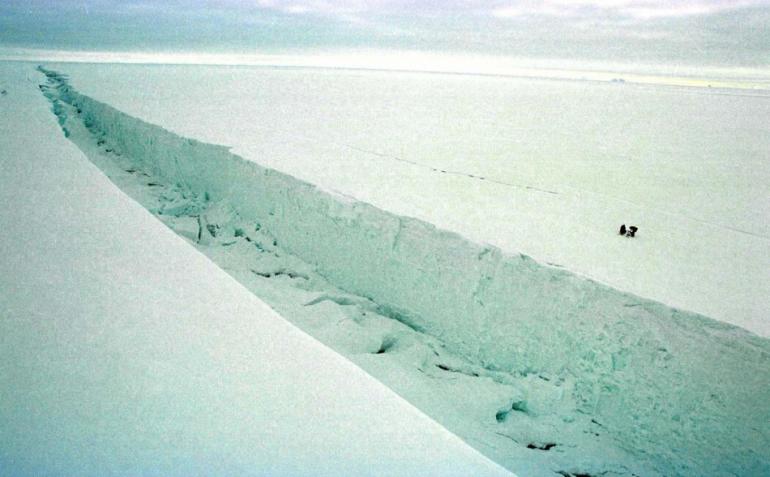Global warming and the melting of the polar caps is worse than previously thought, according to a new study from the University of Arizona that appeared in Nature Geoscience.
The study asserted that the culprit is warming ocean waters.
Water has a much larger heat capacity than air. If you put an ice cube in a warm room, it will melt in several hours. But if you put an ice cube in a cup of warm water, it will disappear in just minutes, said Jianjun Yin, who worked on the study.
Water has the second highest specific heat capacity of all known substances. It, rather than air, holds most of the earth's global warming heat, so it makes sense that its impact on global warming is significant.
The study estimates that subsurface ocean temperature along the coast of Greenland could rise by 3 degrees Fahrenheit and those along the coast of Antarctica could rise by 0.9 degrees Fahrenheit by 2100.
While the study estimates that the subsurface temperatures for both poles will rise more than what the scientific community previously expected, the danger is greater for the North Pole (coast of Greenland).
LiveScience explains that the Gulf Stream sends warmer waters towards the North Pole while the Antarctic Circumpolar Current blocks some of the warm waters from reaching the South Pole, hence the temperature discrepancy.
As a result of the warming ocean, the sea level could rise by 3 feet by 2100 and much more in subsequent centuries, estimated the study.
The melting of ice sitting on water will not raise the sea level because water is actually denser than ice (that's why ice floats and takes up more space than water).
However, the problem is that global warming is melting ice that's sitting on the land of Greenland and Antarctica; the releasing of the grounded ice adds additional water to the oceans, thus raising the sea level.




























